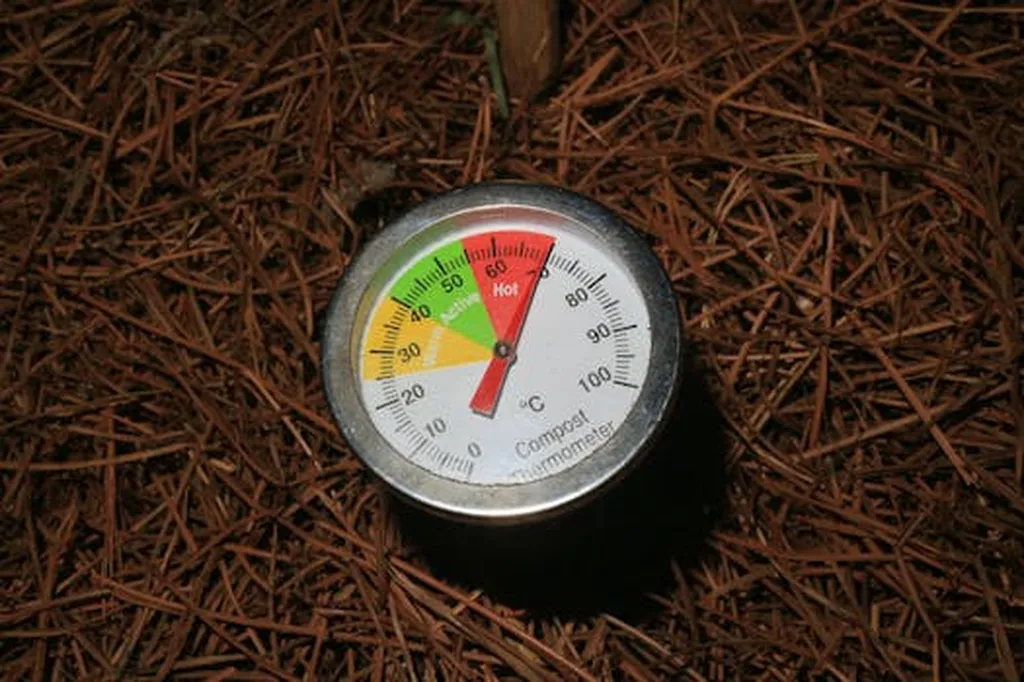In the quest for sustainable agriculture, precise soil health monitoring is paramount. A groundbreaking study published in *Remote Sensing* introduces a novel framework that could revolutionize soil organic carbon (SOC) estimation, a critical metric for soil health and crop productivity. The research, led by Manoranjan Paul from the School of Computing, Mathematics, and Engineering at Charles Sturt University, Australia, addresses a persistent challenge in remote sensing: the presence of noisy data that skews SOC estimates.
Traditional methods of estimating SOC using satellite reflectance data often fall short due to interference from vegetation, atmospheric effects, and sensor anomalies. These noisy samples can significantly reduce the accuracy of large-scale soil assessments, hindering farmers’ and agronomists’ ability to make informed decisions. Paul’s study proposes a robust solution: a data refinement framework that identifies and corrects noisy samples, enhancing the accuracy of SOC estimation.
The framework leverages the power of Transformer networks to explore complex global relationships among spectral bands, uncovering subtle patterns in soil reflectance. “By understanding these intricate patterns, we can better represent the soil’s spectral characteristics,” Paul explains. To streamline the analysis, the framework applies dimensional reduction techniques, retaining only the most essential information.
One of the study’s most innovative aspects is its ability to detect noisy samples without relying on strict data distribution assumptions. This flexibility ensures effective identification of noisy samples across diverse conditions. Rather than discarding these noisy samples, the framework corrects their reflectance using a conditional Generative Adversarial Network (cGAN). This correction aligns the reflectance with expected soil spectral characteristics, preserving valuable information for more accurate SOC estimation.
The proposed approach was rigorously evaluated on benchmark satellite datasets, demonstrating superior performance over existing noise correction techniques. Experimental validation using the Landsat 8 dataset showed impressive improvements: the framework increased the coefficient of determination (R²) by 1.52%, reduced the root mean square error (RMSE) by 4.45%, and increased the residual predictive deviation (RPD) by 5.14% compared to the best baseline method (OC-SVM + Kriging).
The implications for the agriculture sector are substantial. Accurate SOC monitoring enables farmers to optimize soil management practices, enhancing crop productivity and environmental sustainability. “This scalable framework supports precise SOC monitoring across diverse conditions, empowering farmers with the data they need to make informed decisions,” Paul notes.
Looking ahead, this research could pave the way for more advanced remote sensing techniques in agriculture. By improving the accuracy of SOC estimation, the framework not only supports precision agriculture but also contributes to global efforts in combating climate change through better soil carbon sequestration strategies. As the agriculture industry continues to embrace technology, innovations like this will be crucial in driving sustainable practices and ensuring food security for future generations.

